The ancient Japanese art of kintsukuroi - the practice of repairing broken pottery with lacquer mixed with gold, silver, or platinum - has long served as a powerful metaphor for embracing flaws and finding beauty in brokenness. But what if we expanded this philosophy beyond earthly ceramics to contemplate the very fractures in our universe? Kintsukuroi Stardust proposes a radical aesthetic vision where cosmic imperfections become opportunities for celestial adornment.
Across cultures and millennia, humans have gazed at the night sky and seen both perfection and rupture. The Milky Way appears as a spilled river of light, meteor showers as heaven's tears, black holes as wounds in spacetime itself. Traditional astronomy often seeks to explain these phenomena through cold mechanics, but the Kintsukuroi Cosmovision invites us to perceive them instead as opportunities for divine craftsmanship.
Consider supernovae - typically understood as violent stellar deaths. Through the kintsukuroi lens, these explosive events become the universe's method of gilding its own fractures. The heavy elements forged in these cataclysms - the gold in our jewelry, the uranium in our reactors - are quite literally stardust, the metallic paste used to repair cosmic pottery. Every neutron star collision becomes a celestial workshop where the universe mixes its precious lacquer.
The philosophy grows more profound when applied to cosmological anomalies. Dark matter's gravitational scaffolding - that invisible glue holding galaxies together - might represent the universe's subtle golden seams. The mysterious force called dark energy, causing the accelerating expansion of space, could be understood as the universe applying its restorative resin at the grandest scale. Even the cosmic microwave background radiation, that faint afterglow of the Big Bang, takes on new meaning as the faint glitter of the universe's most primordial repairs.
Modern physics tells us that vacuum fluctuations constantly create and annihilate particle-antiparticle pairs throughout space. In the Kintsukuroi Cosmovision, this quantum froth becomes the universe's ongoing maintenance work - countless microscopic repairs to the fabric of reality itself. The Higgs field, which gives particles their mass, transforms into the metaphysical equivalent of golden lacquer permeating all existence.
This perspective finds startling resonance with cutting-edge theoretical physics. The holographic principle suggests all 3D reality might be projected from 2D information at the universe's boundaries - not unlike how kintsukuroi decorations often create illusory depth on flat ceramic surfaces. String theory's extra dimensions could represent the hidden substructure beneath the universe's visible repairs, while quantum entanglement mirrors how a repaired bowl's golden veins connect seemingly separate fragments.
Astrobiologically, the implications are profound. If life emerges preferentially in "repaired" regions of the universe - areas enriched by supernova debris and molecular clouds - then our entire biosphere becomes part of the universe's self-decoration. DNA's double helix mirrors the twisting golden veins of repaired pottery, while cellular membranes resemble the boundary where lacquer meets ceramic. The human nervous system, with its synaptic gaps bridged by neurotransmitters, offers a biological parallel to kintsukuroi's philosophy of connection.
Artistically, this vision has inspired creators across mediums. Contemporary astro-kintsukuroi artists now create works featuring galaxies connected by golden filaments, black holes adorned with precious metal accents, and nebulae that explicitly resemble broken pottery repairs. Digital artists employ algorithms to generate infinite variations of "repaired" cosmic backgrounds, while sculptors craft meteorites inlaid with gold to physicalize the metaphor.
The psychological impact proves equally transformative. Just as traditional kintsukuroi teaches that broken objects gain history and character through repair, viewing cosmic "flaws" as artistic features can reshape our relationship to adversity. Supernova remnants become celestial wabi-sabi, asteroid impacts transform into divine brushstrokes, and even the eventual heat death of the universe might be reimagined as the final curing of the cosmos' golden lacquer.
Practically applying this philosophy could revolutionize space exploration. Probes might one day search not just for scientific data, but for aesthetically significant "repair points" in the solar system - impact craters with unique mineral deposits that resemble kintsukuroi work, or nebular formations that appear deliberately "mended." Asteroid mining could prioritize materials that serve both industrial and symbolic purposes as cosmic repair media.
Theological dimensions emerge naturally from this framework. Many creation myths describe the universe forming from the fragments of a primordial being or artifact. Kintsukuroi Stardust updates these narratives for the scientific age - suggesting deities or cosmic forces might still be actively repairing creation's fractures with starstuff. The Big Bang itself could symbolize the original breakage that necessitated fourteen billion years of ongoing celestial restoration.
Environmental philosophy finds urgent relevance here. If Earth represents one particularly exquisite repair in the universal pottery - a gilded blue-and-green mend in the cosmic ceramic - then ecological destruction becomes equivalent to vandalizing artwork of divine provenance. Climate change transforms from mere policy issue to sacrilege against the universe's painstaking restorative work.
Technological civilization may already be participating in this grand repair without realizing it. Our satellites and probes crisscrossing the solar system could be seen as adding humanity's own decorative touches to the cosmic ceramic. The Voyager golden records, with their engraved astronomical maps and cultural artifacts, become literal golden seams connecting civilizations across spacetime.
As we enter an era of gravitational wave astronomy and quantum cosmology, the Kintsukuroi Cosmovision offers a framework that honors both scientific rigor and poetic imagination. The James Webb Space Telescope's images of colliding galaxies take on new meaning when viewed as documentation of the universe's ongoing self-repair. Each new astrophysical discovery becomes another brushstroke in our understanding of cosmic restoration.
Ultimately, Kintsukuroi Stardust proposes nothing less than a paradigm shift in humanity's relationship to imperfection - scaling a ancient artform up to universal proportions. In a cosmos where even black holes might be gilded with quantum information, and dark matter forms golden scaffolding for visible reality, we find a powerful new metaphor for resilience. The universe doesn't hide its cracks - it highlights them with stardust, teaching us that brokenness precedes beauty at all scales.
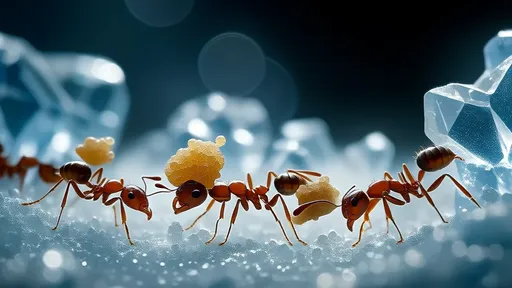
By /Aug 8, 2025

By /Aug 8, 2025
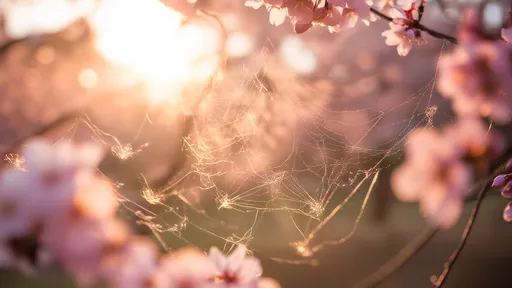
By /Aug 8, 2025
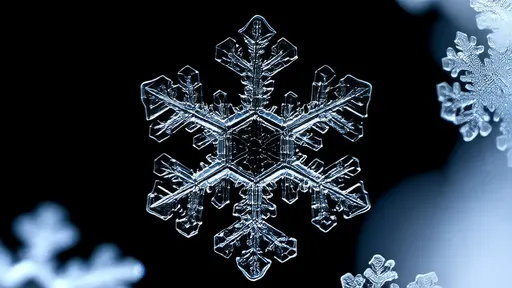
By /Aug 8, 2025
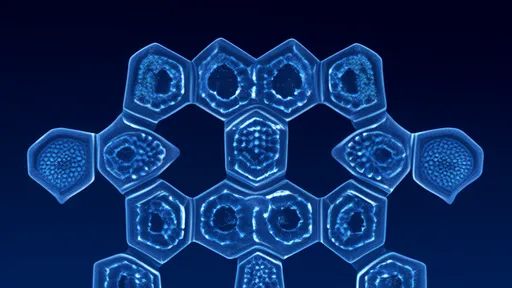
By /Aug 8, 2025

By /Aug 8, 2025
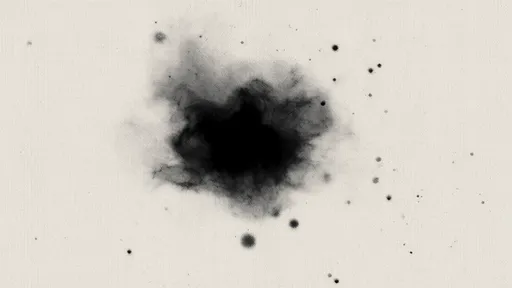
By /Aug 8, 2025

By /Aug 8, 2025
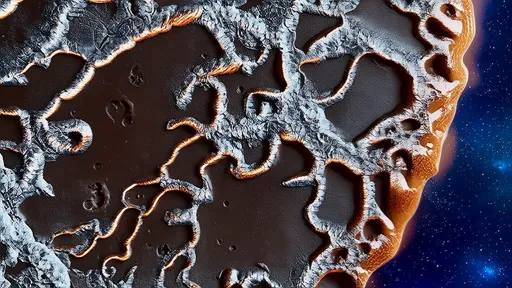
By /Aug 8, 2025
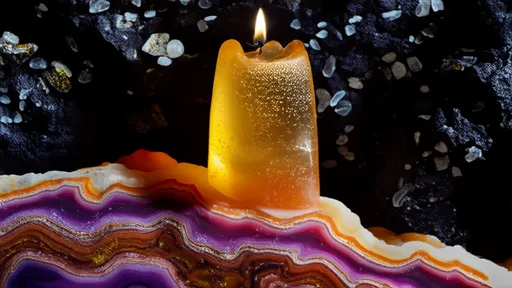
By /Aug 8, 2025

By /Aug 8, 2025

By /Aug 8, 2025
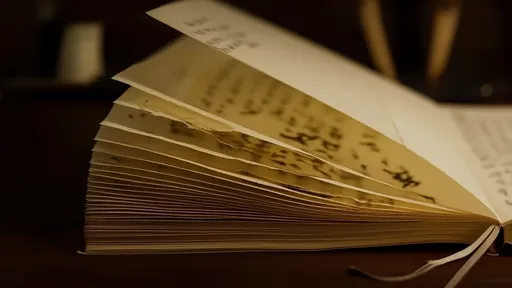
By /Aug 8, 2025
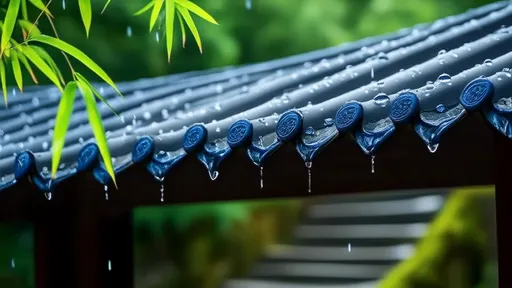
By /Aug 8, 2025

By /Aug 8, 2025

By /Aug 8, 2025
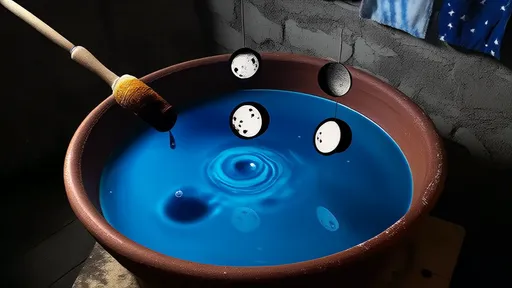
By /Aug 8, 2025
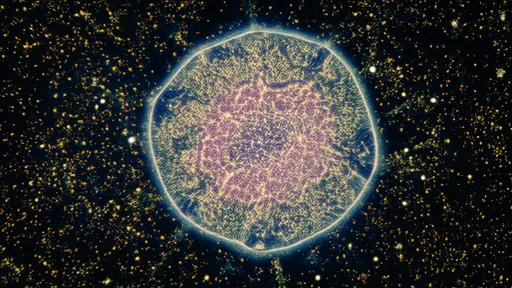
By /Aug 8, 2025
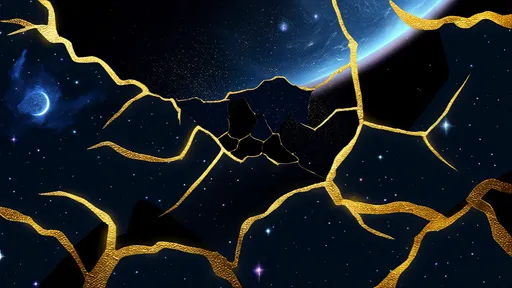
By /Aug 8, 2025
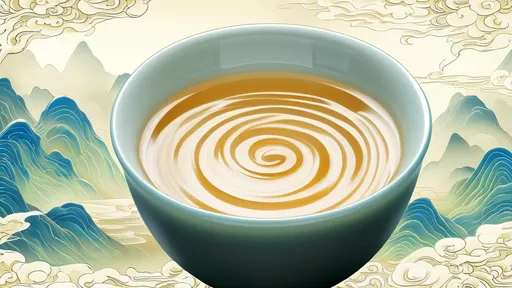
By /Aug 8, 2025